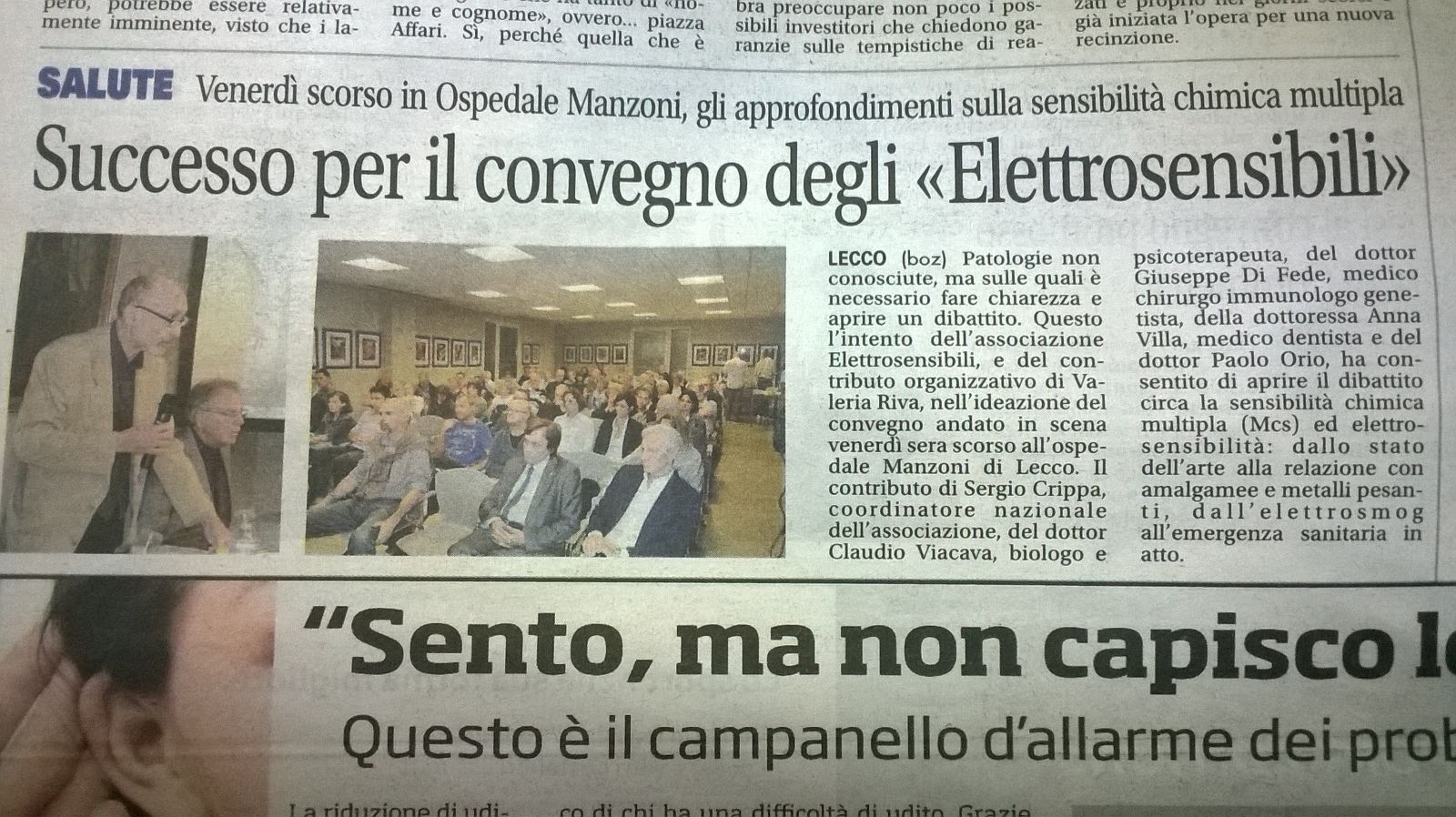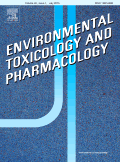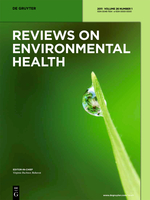Berkeley Cell Phone “Right to Know” Ordinance
22 settembre 2015 – “www.saferemr.com”
Media coverage about the Berkeley cell phone “right to know” ordinance
and the CTIA’s lawsuit: http://bit.ly/berkeleymedia
Sep 21, 2015
On September 21, Federal District Court Judge Edward Chen gave the City of Berkeley a green light to implement the City’s landmark cell phone “right to know” law after deleting one sentence from the safety notification. Cell phone vendors in the City will soon be required to provide customers with a safety warning either by giving the customer a handout or or by posting the following notice in the store:
“The City of Berkeley requires that you be provided the following notice:
To assure safety, the Federal Government requires that cell phones meet radio frequency (RF) exposure guidelines. If you carry or use your phone in a pants or shirt pocket or tucked into a bra when the phone is ON and connected to a wireless network, you may exceed the federal guidelines for exposure to RF radiation. Refer to the instructions in your phone or user manual for information about how to use your phone safely.”
Judge Chen denied the CTIA’s request for a preliminary injunction that would have completely blocked enforcement of the ordinance until the case was fully resolved.
The Court required the City to strike the following seven words from the 82-word safety warning: “This potential risk is greater for children.” The judge ruled that although this sentence may be factual, it can be argued that it is controversial because the FCC does not acknowledge that children’s exposure to cell phone radiation is greater than adults. For the facts supporting this assertion, see “Children are more exposed to cell phone radio-frequency radiation than adults.”
Kriss Worthington, the Berkeley City Council Member who co-sponsored the ordinance, issued the following statement today via email:
“I am pleased to report that in spite of massive attacks by the corporations they were unable to persuade the judge from taking away the consumer’s right to know in a drastic injunction. Instead the judge requested one simple sentence to be modified. The City is moving rapidly to vote on October 6th on that one sentence modification. Thank you all for your incredible efforts on behalf of the consumer’s right to know.”
Berkeley Mayor Tom Bates declared victory in an interview with SFGate. He called the warning about children, a “relatively small problem” that the City Council will remedy:
“Judge Chen’s order upholding the main part of our cell phone ordinance confirms that the cell phone industry’s claims were ill founded,” Bates said.Harvard Law Professor Lawrence Lessig, the attorney representing the City of Berkeley on this case, told Ars Technica he was pleased with the ruling:
“The rest of the ordinance survived First Amendment review, which was a very important victory and I couldn’t find a single sentence in Judge Chen’s opinion that I disagreed with, so I’m quite happy,” he said.
Lessig posted the following comment in his blog about the case:
“Judge Chen has issued a very careful and well crafted opinion upholding almost every part of the Berkeley “right to know” ordinance. (The one part he found preempted was the part that said that the risk of overexposure was greater for children.) Importantly, the Court rejected the First Amendment claims made by CTIA. Really happy to have had a chance to participate in getting this corner of the law right.”
The Court’s ruling on the injunction stipulates:
“ … the Court grants in part and denies in part CTIA’s motion for a preliminary injunction. The motion is granted to the extent the Court finds a likely successful preemption claim with respect to the sentence in the City notice regarding children’s safety. The motion is denied to the extent the Court finds that a First Amendment claim and preemption claim are not likely to succeed on the remainder of the City notice language.”“’A plaintiff seeking a preliminary injunction must establish that he is likely to succeed on the merits, that he is likely to suffer irreparable harm in the absence of preliminary relief, that the balance of equities tips in his favor, and that an injunction is in the public interest.’” “ … the thrust of CTIA’s complaint is twofold: (1) the Berkeley ordinance is preempted by federal law and (2) the ordinance violates the First Amendment.”
“This disclosure, for the most part, simply refers consumers to the fact that there are FCC standards on RF energy exposure – standards which assume a minimum spacing of the cell phone away from the body – and advises consumers to refer to their manuals regarding maintenance of such spacing. The disclosure mandated by the Berkeley ordinance is consistent with the FCC’s statements and testing procedures regarding spacing … the ordinance does not ban something the FCC authorizes or mandates. And CTIA has failed to point to any FCC pronouncement suggesting that the agency has any objection to warning consumers about maintaining spacing between the body and a cell phone. Moreover, the City ordinance, because it is consistent with FCC pronouncements and directives, does not threaten national uniformity.”
“There is, however, one portion of the notice required by the City ordinance that is subject to obstacle preemption – namely, the sentence ’This potential risk is greater for children.’ Notably, this sentence does not say that the potential risk may be greater for children; rather, the sentence states that the potential risk is greater. But whether the potential risk is, in fact, greater for children is a matter of scientific debate … the FCC has never made any pronouncement that there is a greater potential risk for children, and, certainly, the FCC has not imposed different RF energy exposure limits that are applicable to children specifically … Thus, the content of the sentence – that the potential risk is indeed greater for children compared to adults – threatens to upset the balance struck by the FCC between encouraging commercial development of all phones and public safety, because the Berkeley warning as worded could materially deter sales on an assumption about safety risks which the FCC has refused to adopt or endorse.”
“ … CTIA completely ignores the fact that the speech rights at issue here are its members’ commercial speech rights …. CTIA’s members are being compelled to communicate a message, but the message being communicated is clearly the City’s message, and not that of the cell phone retailers… (providing that the notice shall state ‘The City of Berkeley requires that you be provided the following notice” and that “the notice shall include the City’s logo’). In other words, while CTIA’s members are being compelled to provide a mandated disclosure of Berkeley’s speech, no one could reasonably mistake that speech as emanating from a cell phone retailer itself. Where a law requires a commercial entity engaged in commercial speech merely to permit a disclosure by the government, rather than compelling speech out of the mouth of the speaker, the First Amendment interests are less obvious. Notably, at the hearing, CTIA conceded that there would be no First Amendment violation if the City handed out flyers or had a poster board immediately outside a cell phone retailer’s store.”
“While CTIA has argued that being forced to engage in counter-speech (i.e., speech in response to the City notice) is, in and of itself, a First Amendment burden … that is not necessarily true where commercial speech is at issue.”
A case management conference has been scheduled for October 1 in the Federal District Court.
Federal District Court ruling on CTIA request for a preliminary injunction (9/21/2015): http://bit.ly/CTIABerkeleyruling09212015
Fonte:
http://www.saferemr.com/2014/11/berkeley-cell-phone-right-to-know.html





